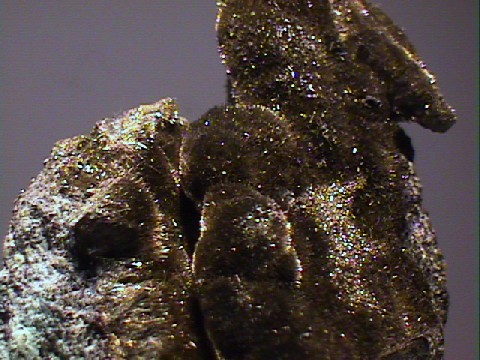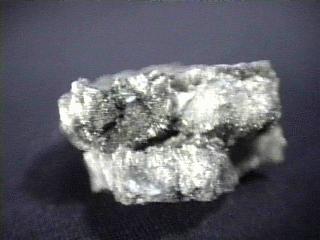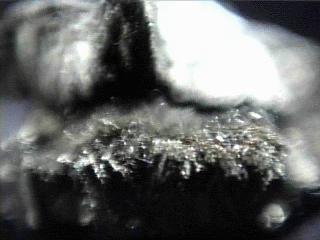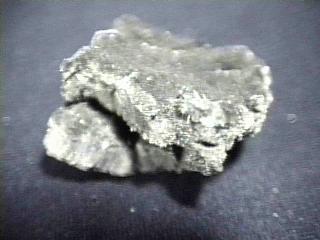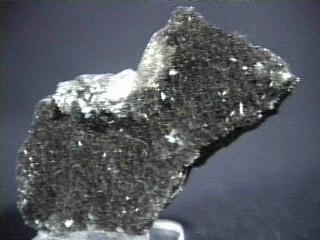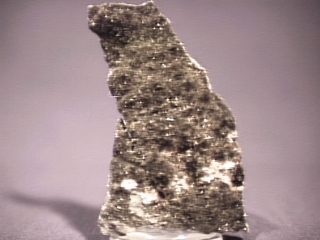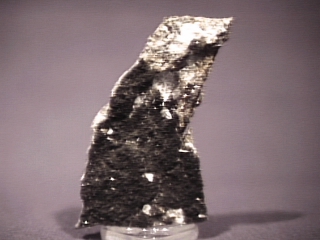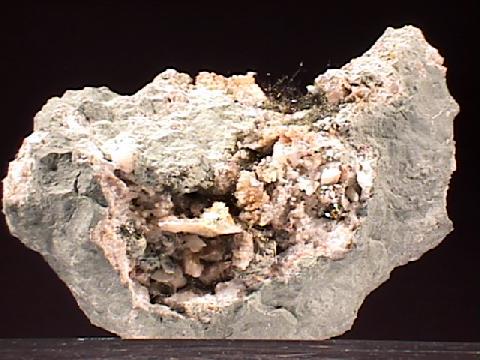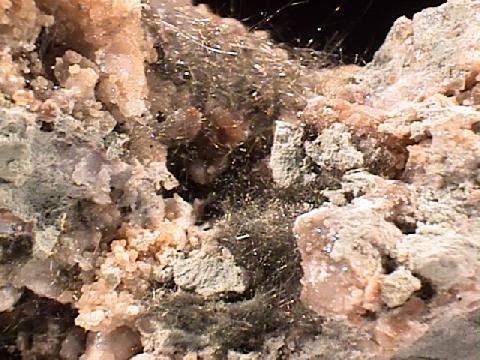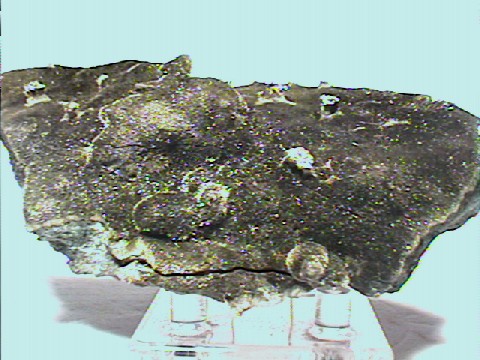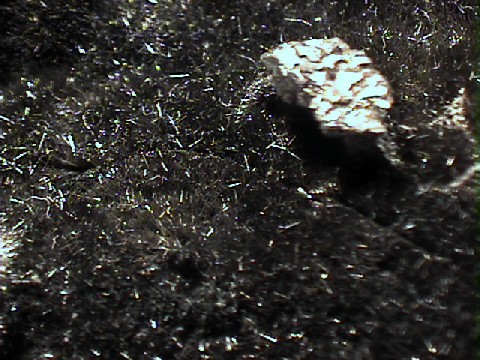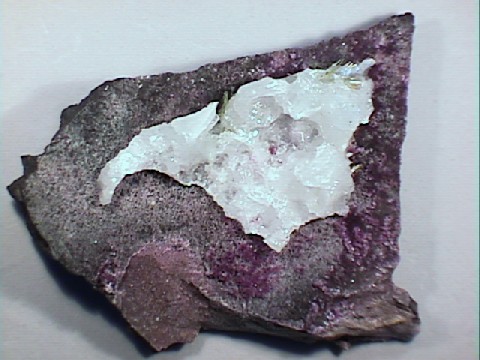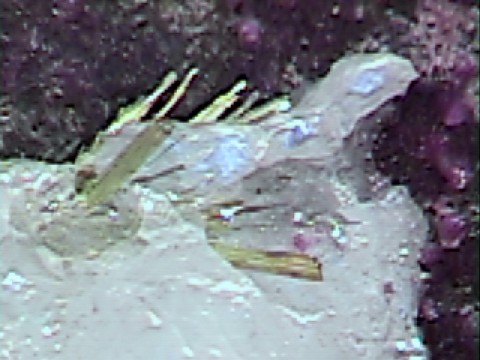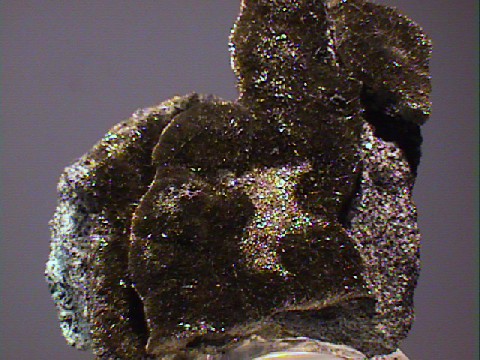
MILLERITE
Specimen mil-7
$ 263.00
Dims: 1.7x1.1x1.6" (4.3x2.9x4.0 cm)
Wt: 1.54 oz. (43.5g)
Thompson Open Pit, Thompson, Manitoba, Canada
This millerite specimen is very appealing, in that it is not just a flat specimen. Two different pieces of host rock are held together by intergrown millerite crystals, which also grow around and over the front piece. The millerite (metallic green crystals with a velvety appearance) has excellent form and shines with a bright metallic luster where the edges are exposed. A small portion of the front has another mineral (looks like pyrite) as a crust of tiny crystals. The two host rocks are of different compositions. The back rock is a light green somthing cementing thousands of tiny transparent crystals together (I suspect they are pale grossular garnet crystals). The front host rock is a dark greenish-black something cementing some transparent red crystals and pyrite together. It also hosts some larger (4mm) assemblage of red transparent crystals, likely more grossular. These can only be examined with a loupe. There are two small areas that look like damage on the front of the millerite, although under a loupe it looks more like another mineral (something white, not showing crystal form) is growing on the tips of the millerite crystals.
